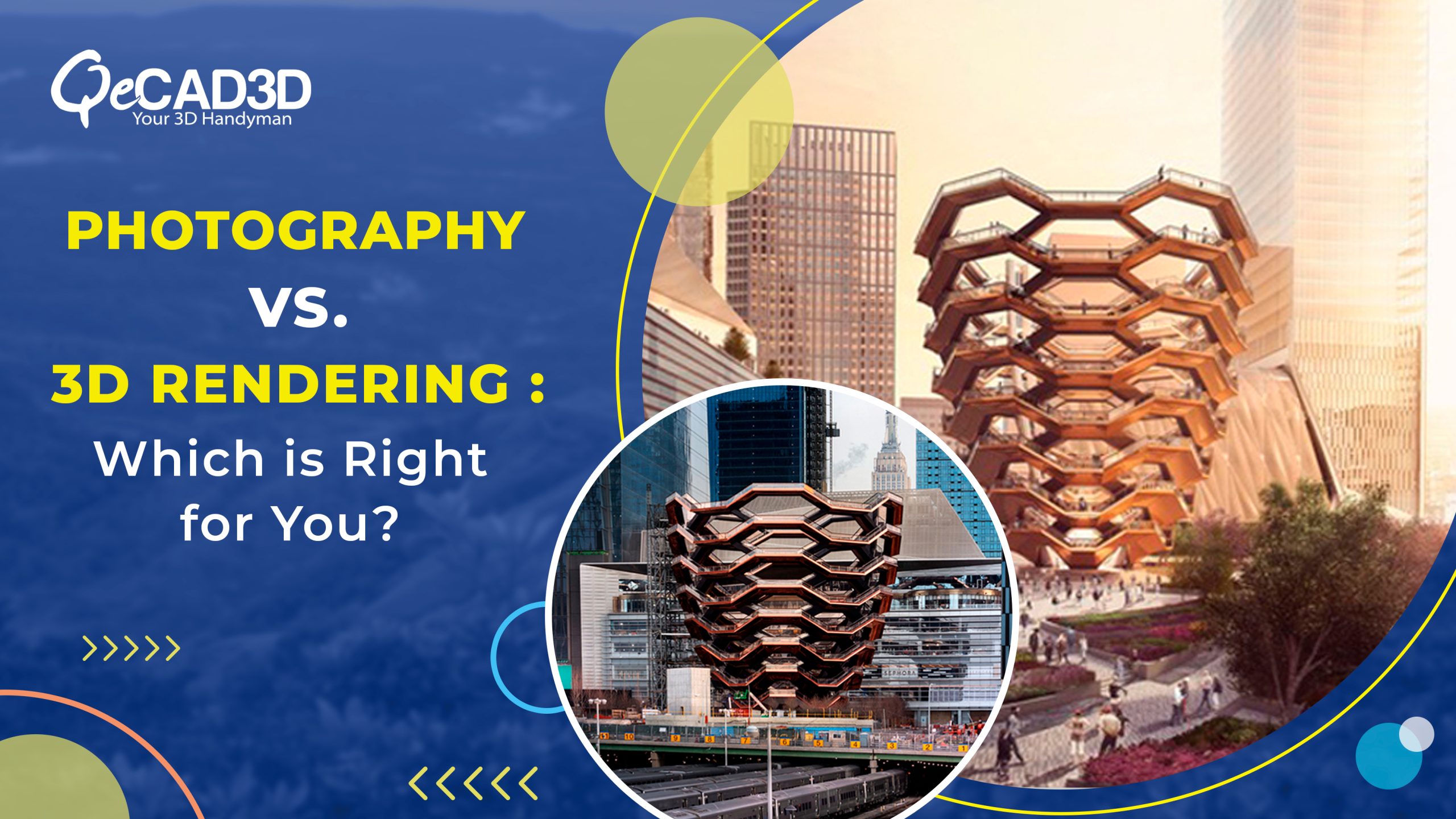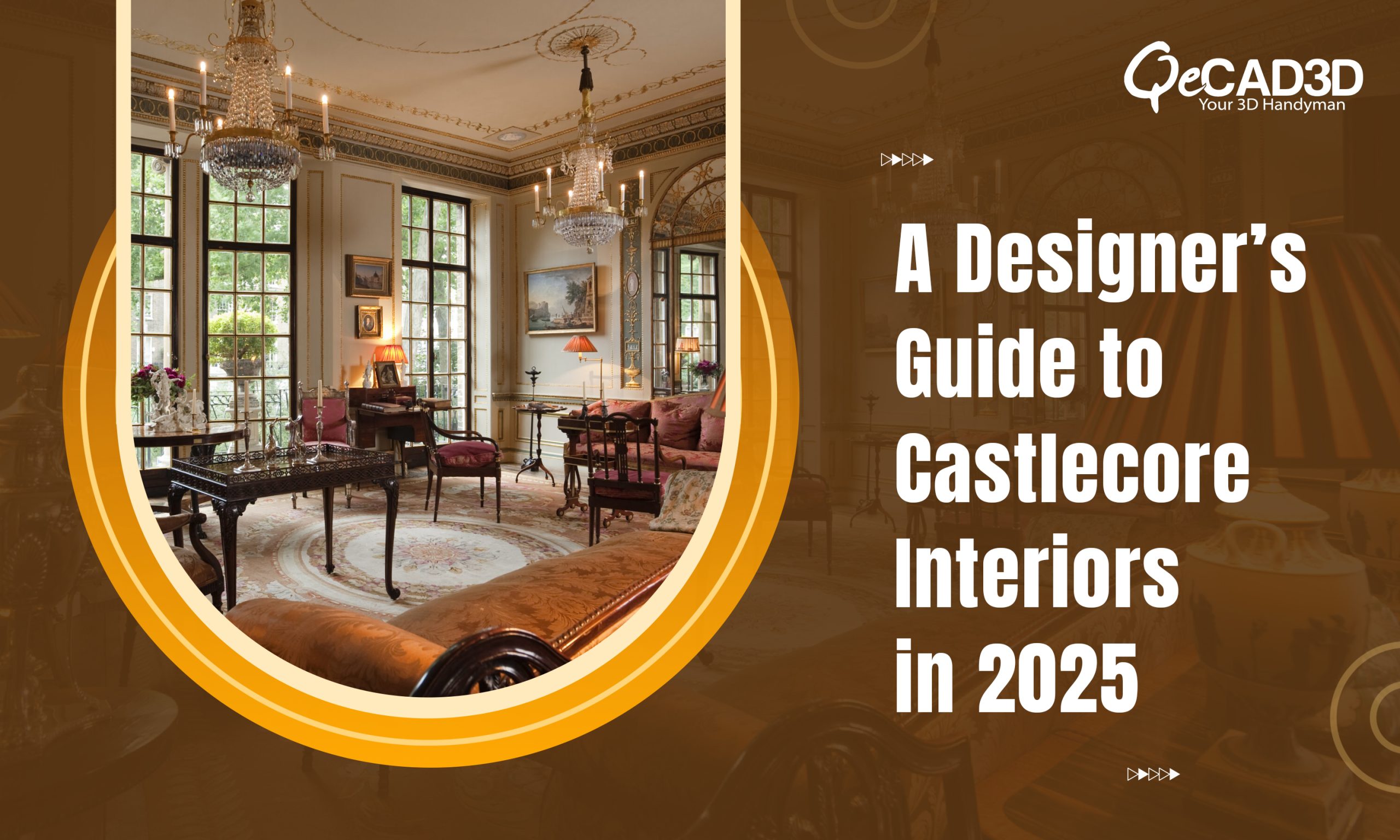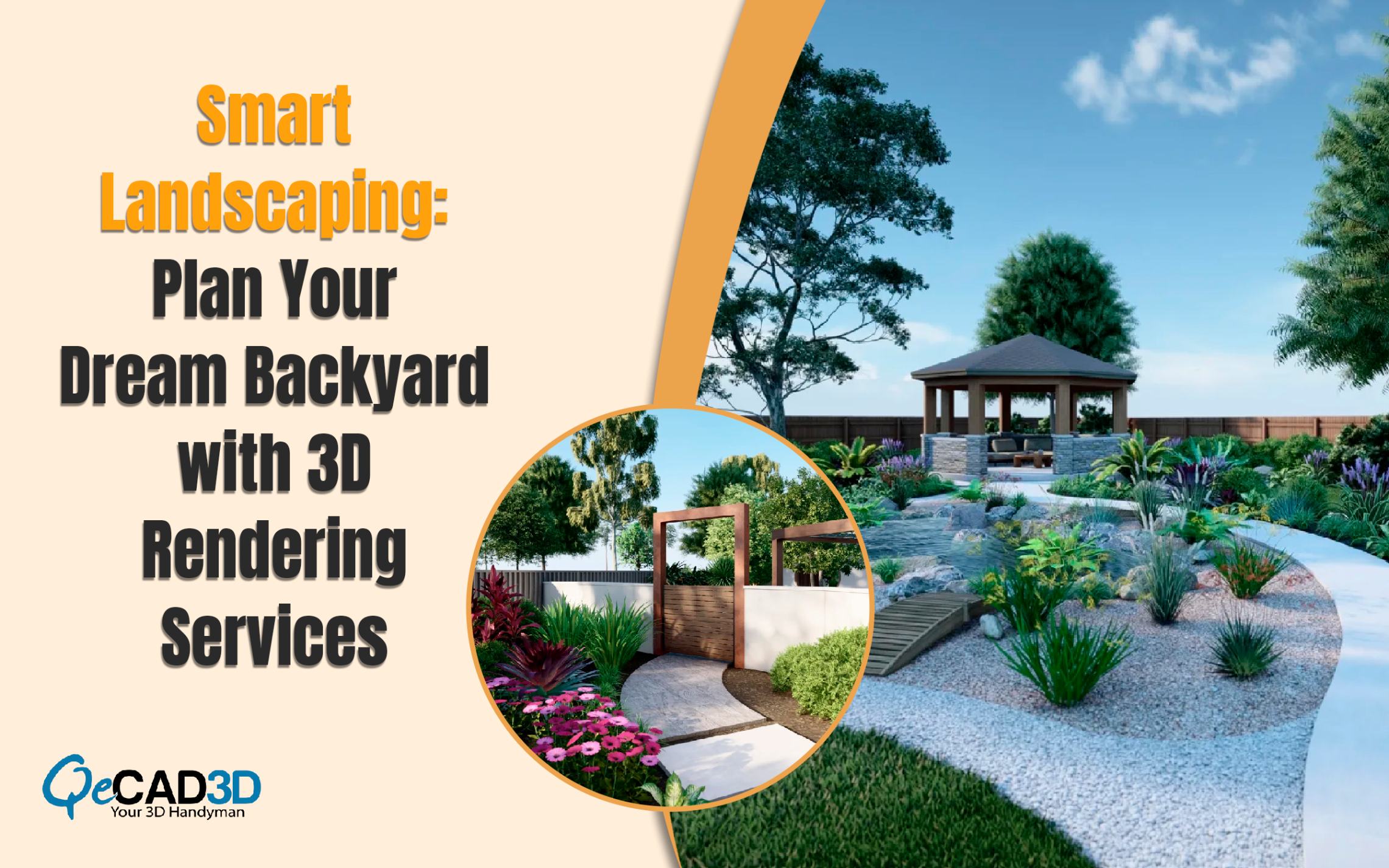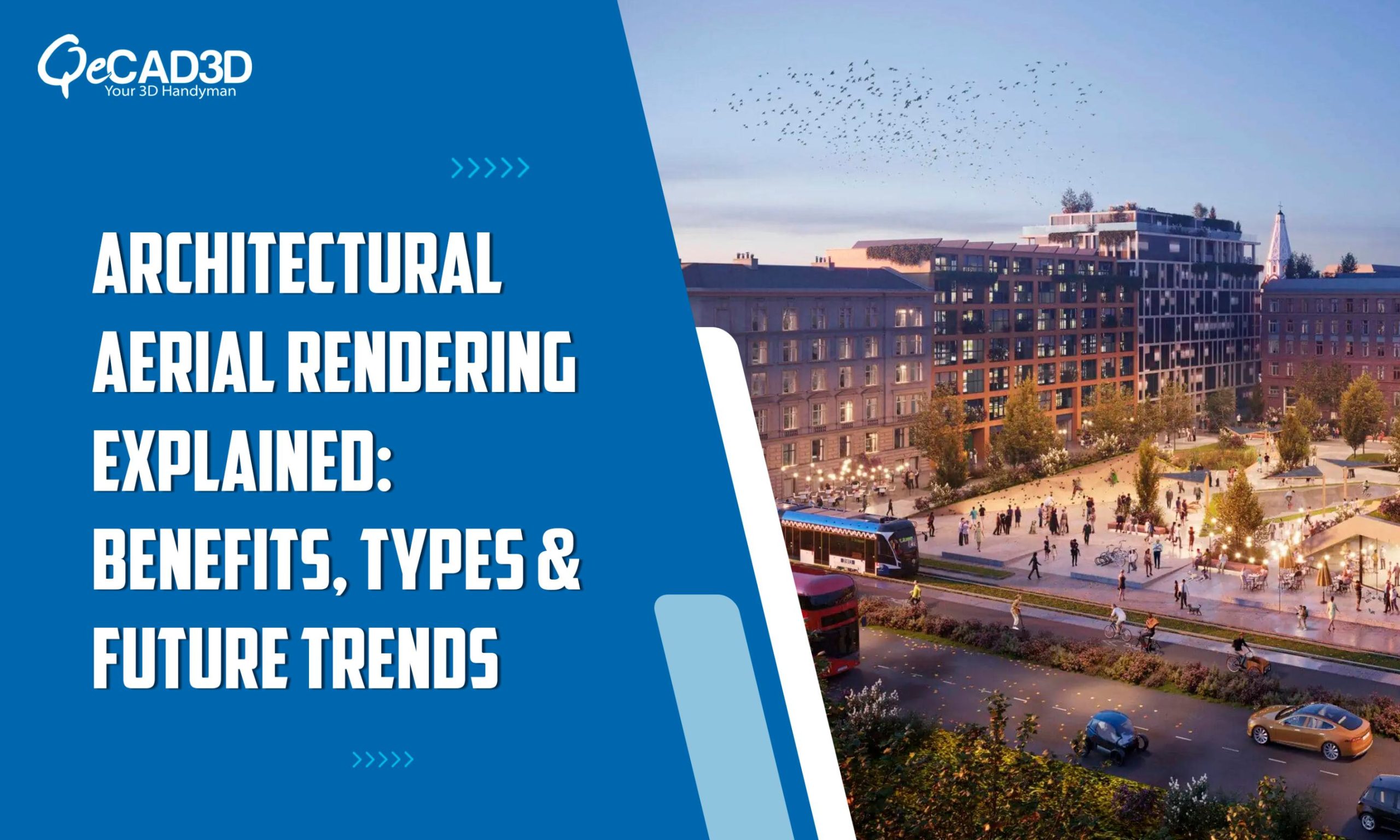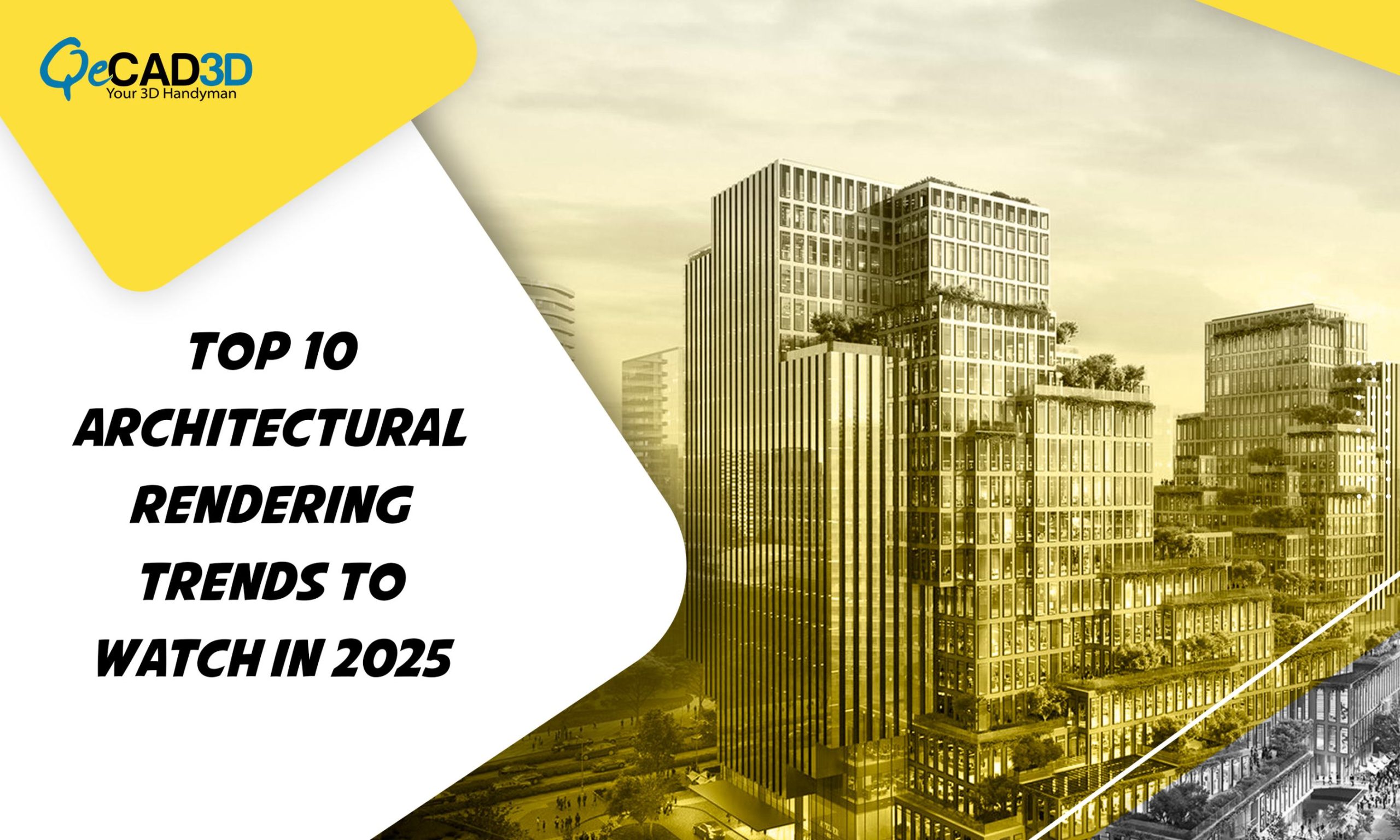Photography vs. 3D Rendering: Which is Right for You?
Introduction
Two potent technologies that have changed the realm of visual communication are photography and 3D rendering. Both approaches have distinct advantages that enable designers, marketers, architects, and artists to produce amazing pictures that engage people. In this blog, we’ll compare the fields of photography and 3D rendering, discussing their advantages, uses, and effects on different sectors. So, let’s start on this fascinating visual realism voyage!
Photography: Capturing Moments with Precision
Since the early 19th century, when photography was first developed, it has been a cherished art form. The strength of a photograph resides in its capacity to accurately and precisely capture genuine moments. Photography can stir emotions and convey tales unlike any other medium, whether it’s beautiful scenery, an unposed portrait, or an exciting event.
Applications of Photography:
- Journalism & News: Photographers help us better understand current events by permitting us to see them firsthand.
- Advertising and marketing: Businesses use photography to highlight their goods and develop enticing marketing campaigns.
- Fine art: Photographers frequently utilize their expertise to produce intriguing works of art that elicit feelings and thoughts.
3D Rendering: Unleashing Imagination and Realism
3D rendering, on the other hand, uses digital technology to bring fantasy to life. Artists and designers may produce three-dimensional visualizations that are extraordinarily realistic and detailed utilizing advanced computer tools. 3D Rendering Services bring up a world of opportunities, from product design to animated movies to architectural representations.
Applications of 3D Rendering:
- Architectural Visualisation: Before construction even starts, architects and real estate developers utilize 3D rendering to present their designs and provide clients with a realistic look.
- Product Design and Prototyping: Companies use 3D rendering to visualize and refine product designs, lowering costs and shortening time-to-market.
- Entertainment Industry: The development of animated films, video games, and visual effects relies heavily on 3D rendering to bring made-up worlds to life.
Photography vs. 3D Rendering: Strengths and Limitations
Strengths of Photography:
- Authenticity: Photos document actual events, which renders them accessible and fascinating on an emotional level.
- Flexibility: Photography may be readily done in a variety of settings, from formal studios to impromptu outdoor shots.
- Real-Time Results: Photographers may see the outcomes right away, allowing them simpler to make on-the-spot adjustments to lighting, composition, and other variables.
Limitations of Photography:
- Price and Resources: Some people may not be able to afford the pricey equipment and materials needed to produce high-quality photographs.
- Limited Editing: Although editing is attainable, there are restrictions on how much alteration can be done without endangering the authenticity of the image.
Strengths of 3D Rendering:
- Hyper-realistic visualization is made possible by 3D renderings, which let clients see projects as accurately as conceivable.
- Rapid iterations during the design process are made possible by the ease with which changes may be implemented through 3D rendering.
- Versatile Uses: 3D rendering has applications in a wide range of fields, including architecture, product design, and entertainment.
Limitations of 3D Rendering:
- Effort-consuming: Producing complicated 3D representations, particularly for intricate designs or animations, can take a lot of effort.
- Initial Investment: It could be expensive upfront to purchase the essential software and specialists.
The Synergy of Photography and 3D Rendering: Photomontage Services
While both photography and 3D rendering have advantages on their own, the two combined Photomontage Services are revolutionary. The technique of photomontage involves seamlessly fusing 3D-rendered objects with actual pictures to produce mesmerizing and incredibly realistic compositions. New research by Global Marketing Insights predicts that by 2027, the worldwide industry for 3D rendering would be worth $22.5 billion.
Applications of Photomontage Services:
- Architectural Visualisation: Photomontages let architects show their plans to customers in the context of already-existing settings, providing a comprehensive perspective.
- Advertising: By placing things in authentic environments, photomontages may give them new life and make them more approachable to potential customers.
- Film and Entertainment: Adding 3D-rendered components to live-action footage improves the visual effects in motion pictures and television programs.
Which is Right for You?
Your particular project and demands will determine the response. Photographic representations of real-world items or settings are realistic and an excellent choice. 3D rendering is a preferable option if you want greater authority over the setting or if you need to produce visuals that are hard or challenging to replicate in reality.
Conclusion
In summary, photography and 3D rendering both have unique roles to play in the realm of visual communication. Photography excels at accurately depicting real-world situations, while 3D rendering opens the possibility to creativity and realism. The fusion of these two methods in photomontage services opens up new creative avenues and pushes the limits of visual storytelling. The distinction between photography and 3D Rendering Services may become even more hazy as technology advances, ushering in a day when visual reality reaches new heights.
Both photographies as well as 3D rendering are potent techniques for producing beautiful images. Your particular project and demands will determine the one that is ideal for you. Consult with a professional photographer or 3D artist if you’re unsure which is best for you.


